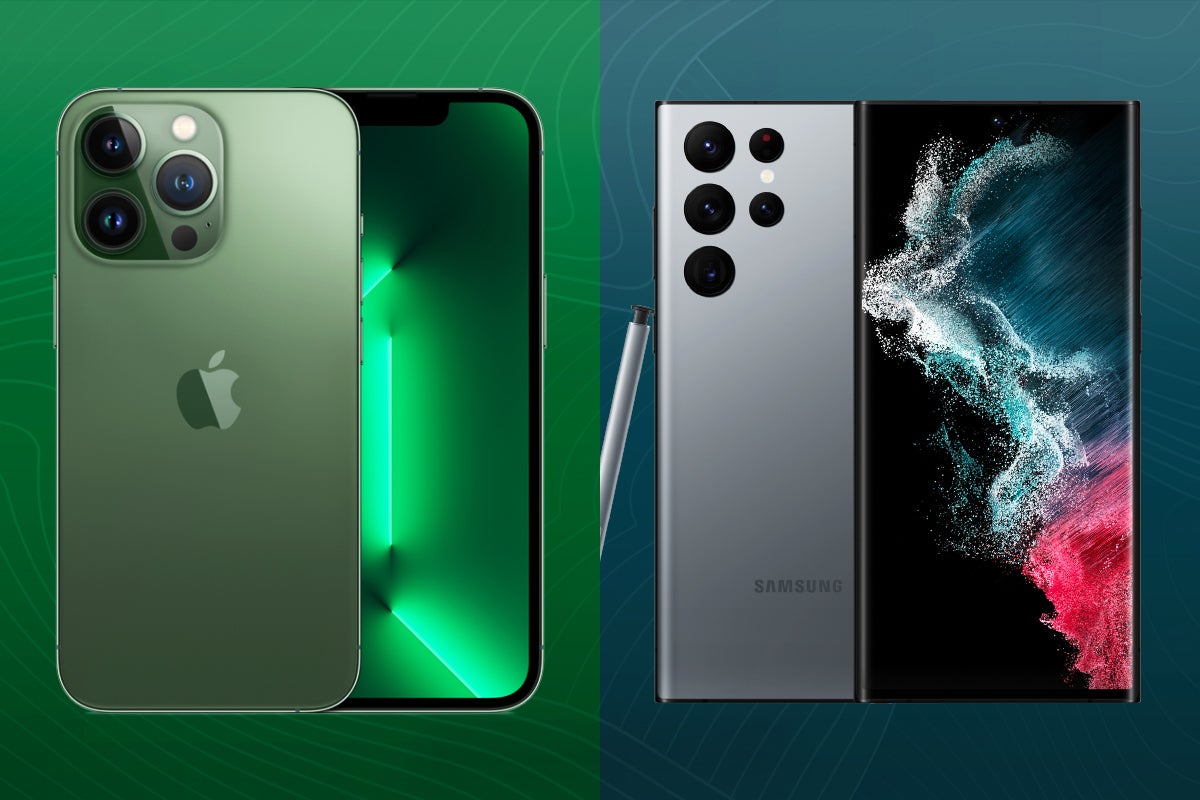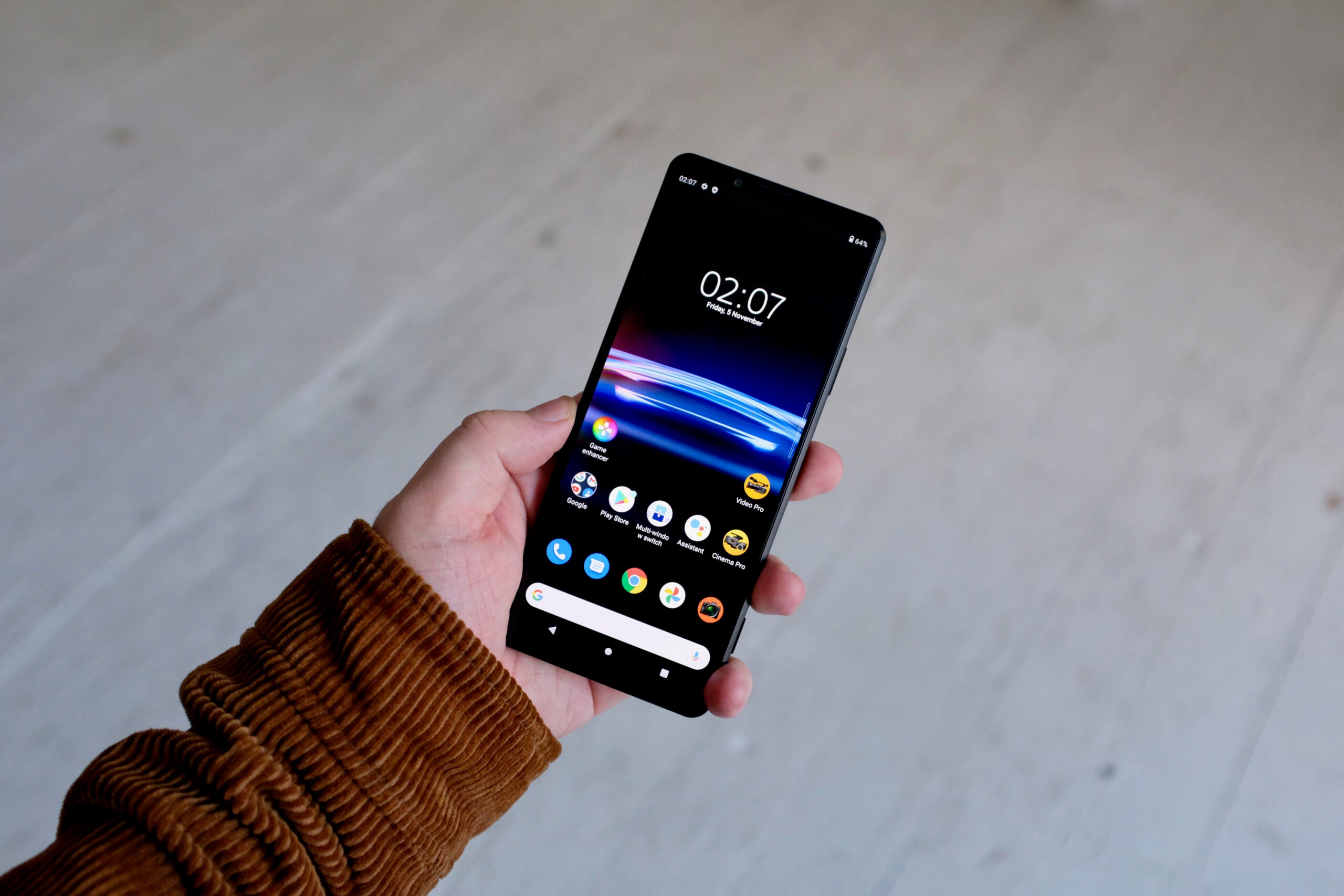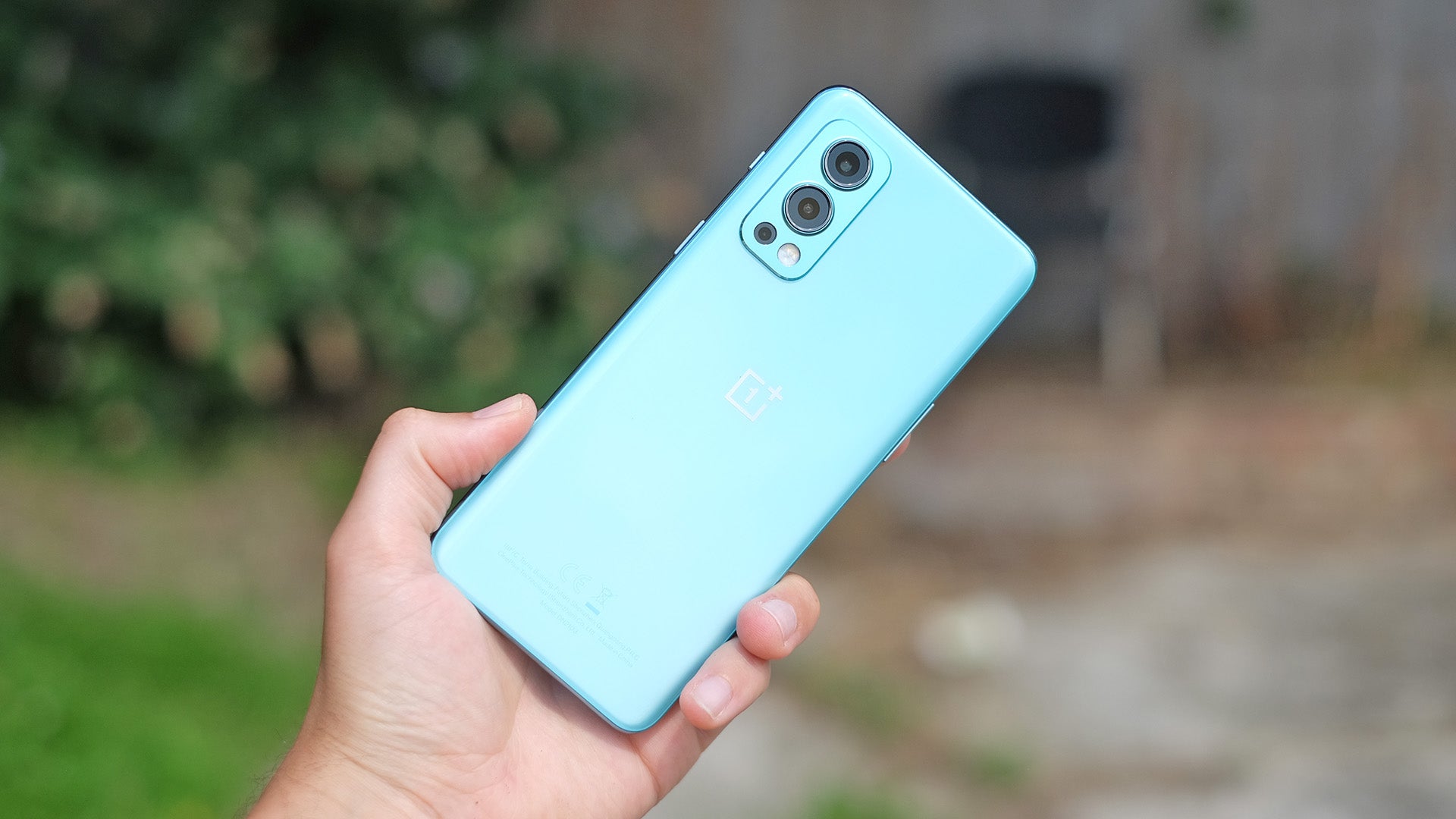Sony Xperia 1 IV vs OnePlus 10 Pro
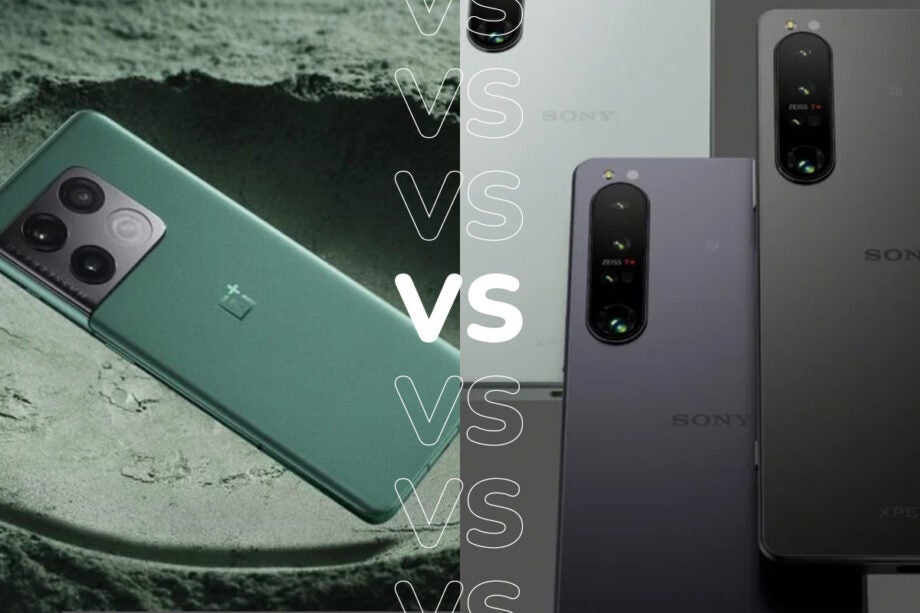
Sony has announced its next flagship phone, the Sony Xperia 1 IV, which is shaping up to be a welcome update to a very niche phone.
But how does it fare up against its more mainstream competitors? We’re going to be running through the usual suspects in good time, but for now let’s take a look at the OnePlus 10 Pro.
Design and Screen
Sony has quite a distinctive smartphone aesthetic. The Xperia 1 IV, much like its predecessors, is an unusually tall and narrow phone with severe flat edges and an unshowy matte finish. We called the Xperia 1 III design “modest”, and the Xperia 1 IV follows suit.
It measures 165 x 71 x 8.2mm, and weighs 185g, which makes it surprisingly viable for one-handed use.
The OnePlus 10 Pro has a much curvier, fuller design than the Sony. We had mixed feelings about its rear section, with a stylish matte finish offset by a showily shiny camera module.
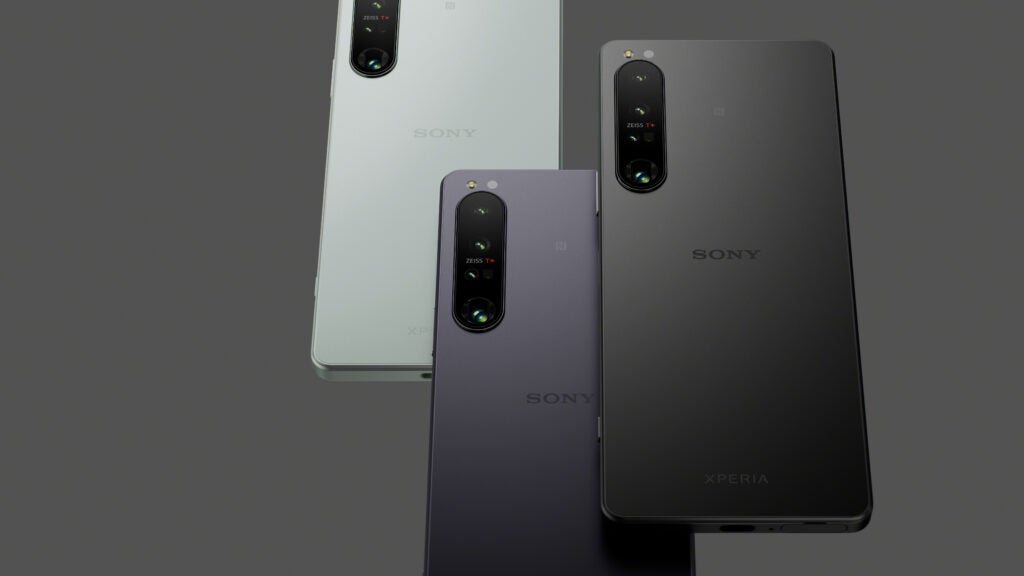
It’s shorter than the Sony at 163mm, but also wider and thicker at 73.9mm and 8.6mm respectively. It’s a tad heavier, too, at 201g.
Both phones have atypical additional buttons on their right edges. The Sony Xperia 1 IV has a physical two-stage camera button, while the OnePlus 10 Pro gives you a three-way silent/loud/vibrate switch.
While OnePlus goes with a slightly curved display and a hole-punch notch, Sony has stuck rigidly to its purist approach. To that end, this is the rare phone that doesn’t have a display notch of any kind, with the selfie camera stashed in a slightly thicker forehead – a key reason for the phone’s unusual height.
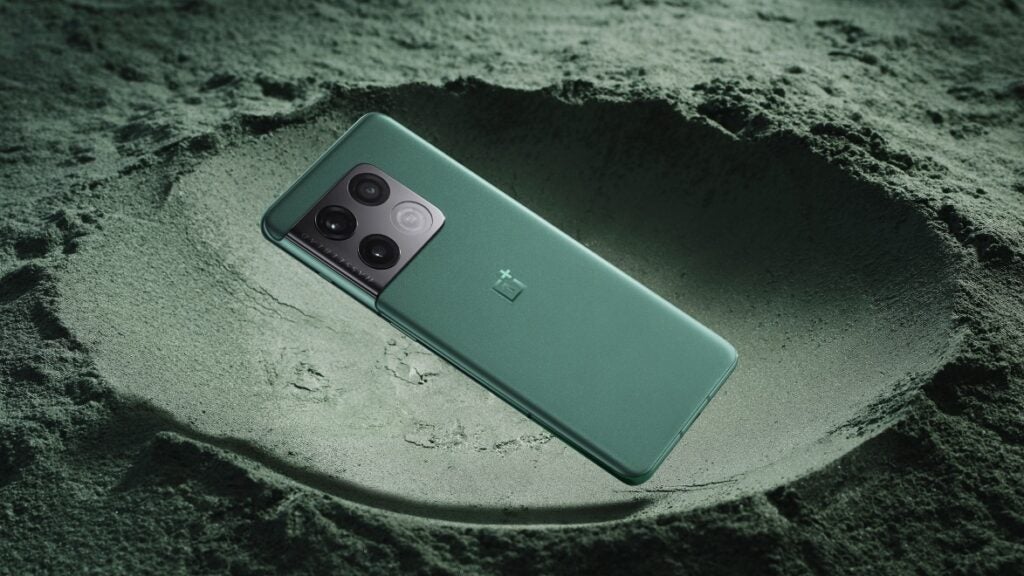
Talking of displays, the Sony Xperia 1 IV retains the 6.5-inch OLED 120Hz screen from its predecessor. The OnePlus 10 Pro, also uses much the same screen as its predecessor in the shape of a 6.7-inch OLED, which also outputs at 120Hz.
Sony’s screen is way sharper, with a 4K (1644 x 3840) resolution compared to the OnePlus 10 Pro’s QHD+ (1440 x 3216). Yes, 4K is a tad overkill on a tiny smartphone display, but there’s no denying that the Sony is uniquely well equipped to play back 4K video content – especially with a tall 21:9 aspect ratio.
Conversely, the OnePlus 10 Pro’s shorter, wider 20:9 screen is arguably better suited to general tasks.
Sony claims to have bolstered the brightness of its screen by 50%, which addresses a criticism we had with the Xperia 1 IV. We’ll see if this brings it up to the OnePlus 10 Pro’s level, or even beyond.
Camera
Sony has retained the same triple 12-megapixel camera array as before. The main difference lies with the 12MP telephoto, which has an expanded zoom range of 85mm-125mm.
All three cameras now feature Sony’s superb eye auto-focus and object tracking, and the phone can now capture 4K HDR video at 120fps.
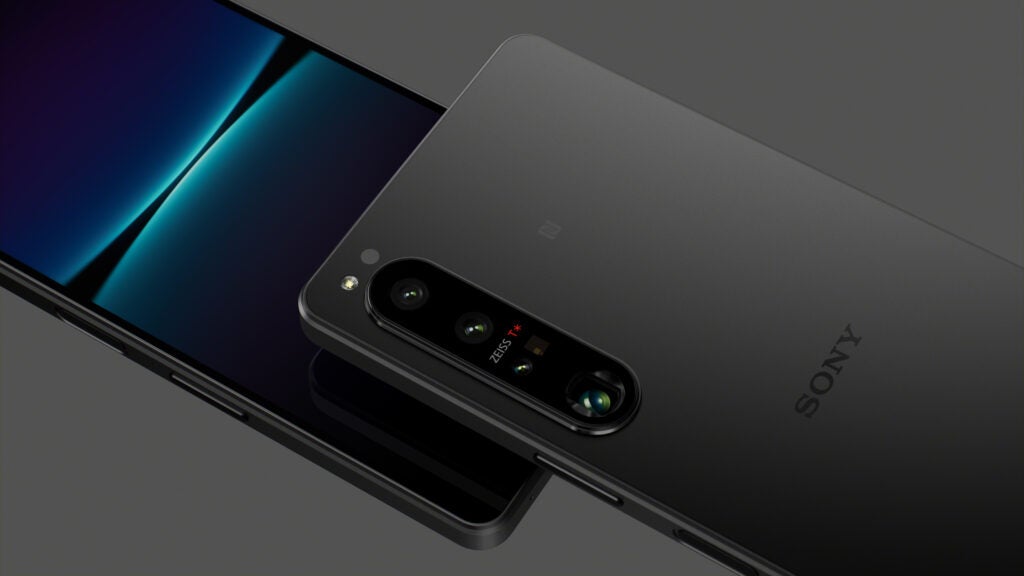
The OnePlus 10 Pro similarly goes with its predecessor’s 48MP wide sensor and 8MP 3.3x telephoto, but supplies a different (arguably inferior) 50MP ultra-wide with a fish-eye 150-degree option.
These two manufacturers have very different ideas about colour science. OnePlus has once again teamed up with camera specialist Hasselblad on the colour science, resulting in shots with notable pop. Sony, on the other hand, famously goes with a more naturalistic and muted tone. We’ll have to wait and see if the Xperia 1 IV follows suit, but Sony’s Alpha camera heritage runs deep.
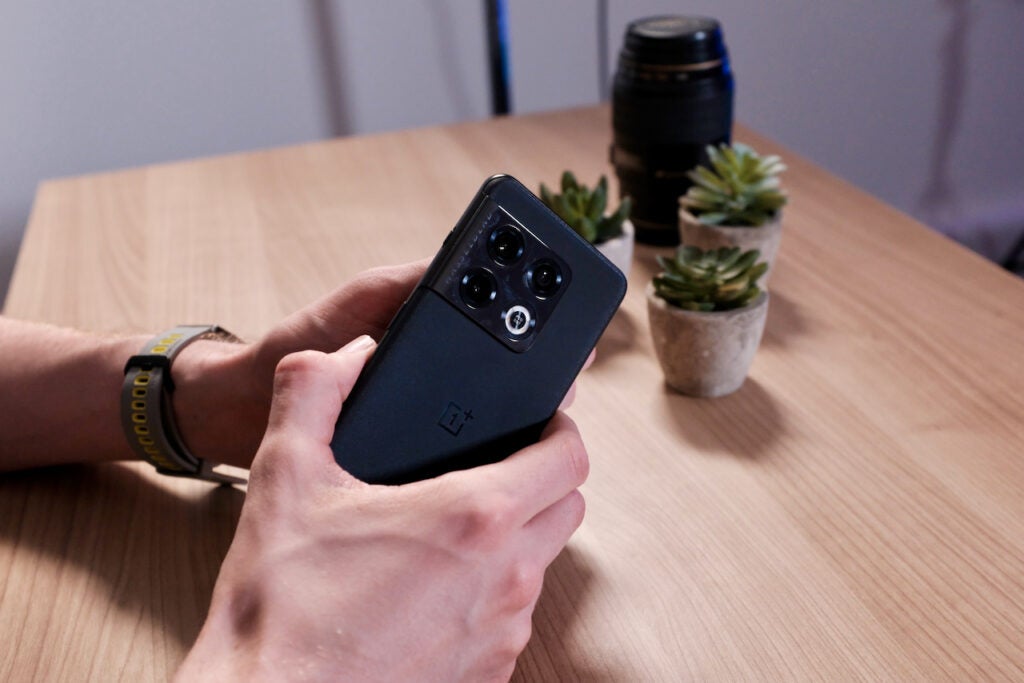
We don’t know if the Xperia 1 IV can top the OnePlus 10 Pro for image quality, but we weren’t massively impressed with the latter’s inconsistent output. It seems likely that Sony will win this one, with its serious photography focus, balanced sensors, and physical shutter button.
On the selfie front, Sony has bumped up the size of its 12MP sensor to 1/2.9″. The OnePlus 10 Pro goes with a 1/2.74″ 32MP equivalent.
Performance
Both of these phones run Qualcomm’s latest Snapdragon 8 Gen 1. This means that they’re both just about as fast as a modern Android phone can be.
Sony supplies 12GB of RAM as standard, while the OnePlus 10 Pro comes in both 8 and 12GB variants.
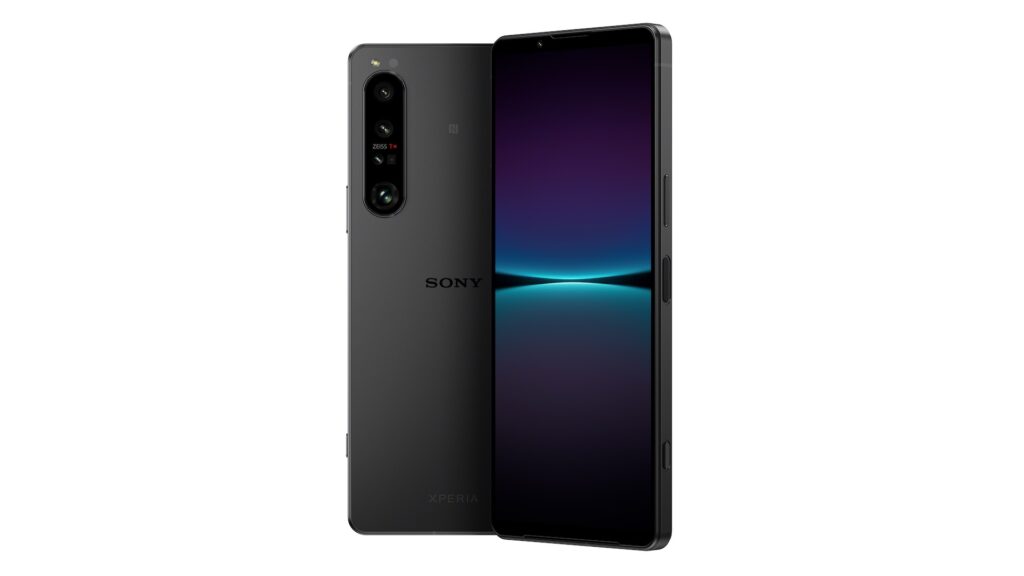
Similarly, the Sony Xperia 1 IV sticks with a single memory allotment of 256GB, while the OnePlus 10 Pro gives you 128GB and 256GB options. Only Sony gives you the potential for microSD expansion.
Both manufacturers have a tradition of giving you fairly clean software, though OnePlus has muddied the waters a little in recent years with a more elaborate Oxygen OS. Both phones have Android 12 at their heart, though.
Battery
Sony has ramped up the size of the Xperia 1 IV’s battery to 5000mAh, which draws it level with the OnePlus 10 Pro. We’ll have to wait and see which phone is better for stamina.
There’s no denying who wins when it comes time to recharge. Sony only supports up to 30W charging, and it doesn’t bundle so much as a cable in the box.
OnePlus, on the other hand, has bumped the 10 Pro’s charging capacity up to a meaty 80W, and includes both brick and cable in with the phone.
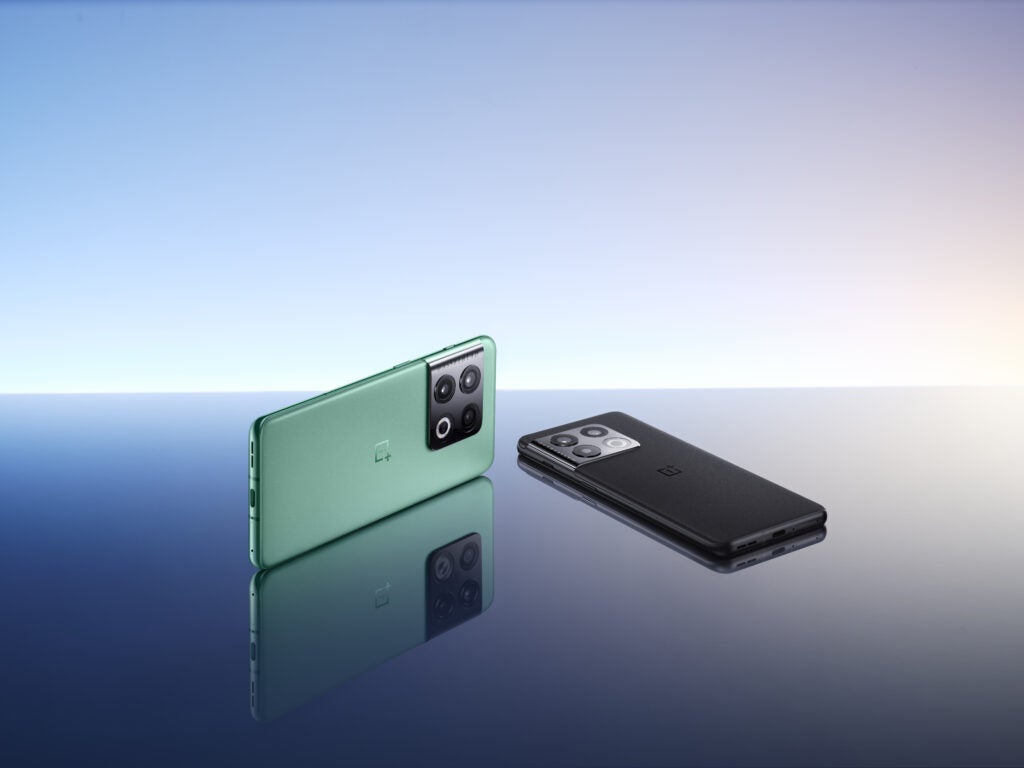
Pricing and Availability
The Xperia 1 IV will be available to buy from June 16, 2022 in a single 256GB model. It’ll cost £1299/€1399.
The OnePlus 10 Pro rolled out globally on March 31, 2022. It’s available in two models: one with 8GB RAM and 128GB for £799/€899, and one with 12GB RAM and 256GB for £899/€999.
Early Verdict
This is a tough one to call At such an early stage, and we doubt it’ll get easier once we’ve had the chance to put the Xperia 1 IV through its paces. We scored both the OnePlus 10 Pro and the Sony Xperia 1 III 8 out of 10, and it doesn’t appear that the Xperia 1 IV is a radical departure.
Then there’s the fact that Sony and OnePlus have taken very different approaches to design, display, camera, charging, and pricing. Only the performance and battery capacity are alike, along with the fact that these are two of the less obnoxious UIs on the market.
Sony appears to have made another niche, enthusiast-focused device here, with fine camera control, an unimpeded 4K display, and a host of audiophile-friendly features. The OnePlus 10 Pro, by contrast, is more of a general people pleaser.
We’ll have a better idea of which phone is best once we’ve had a chance to review the Xperia 1 IV, but this is looking like a case of horses for courses.


